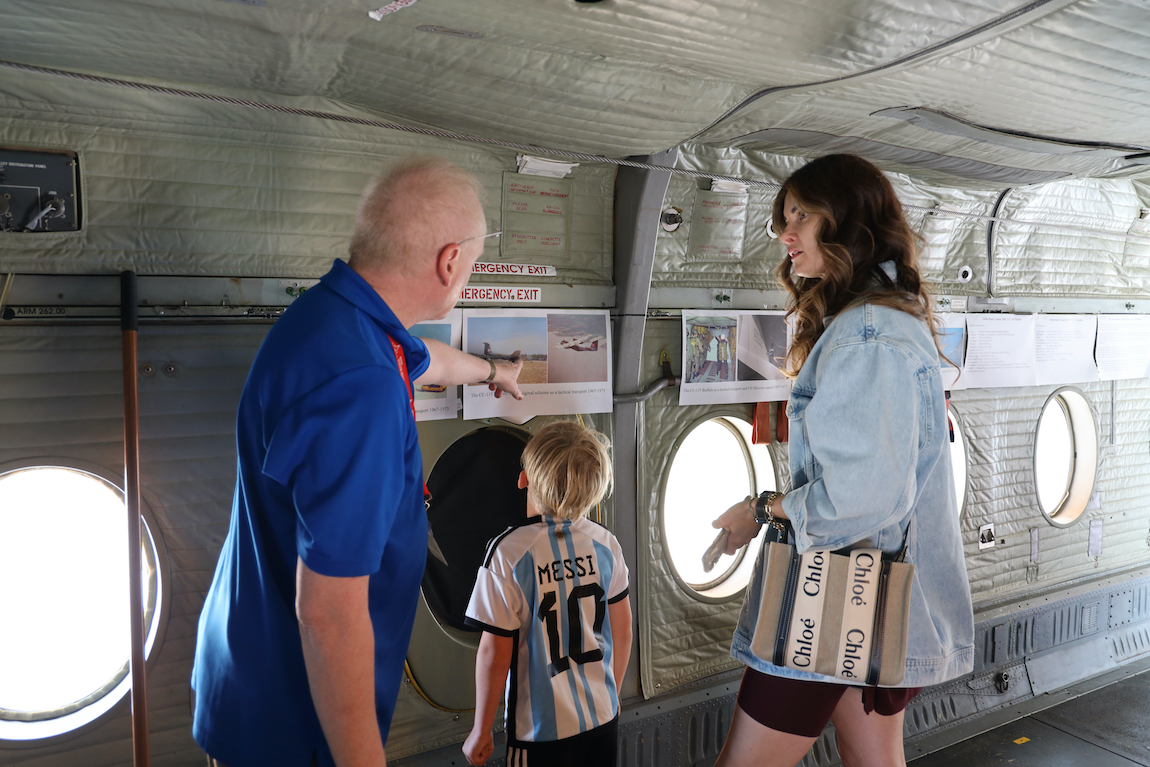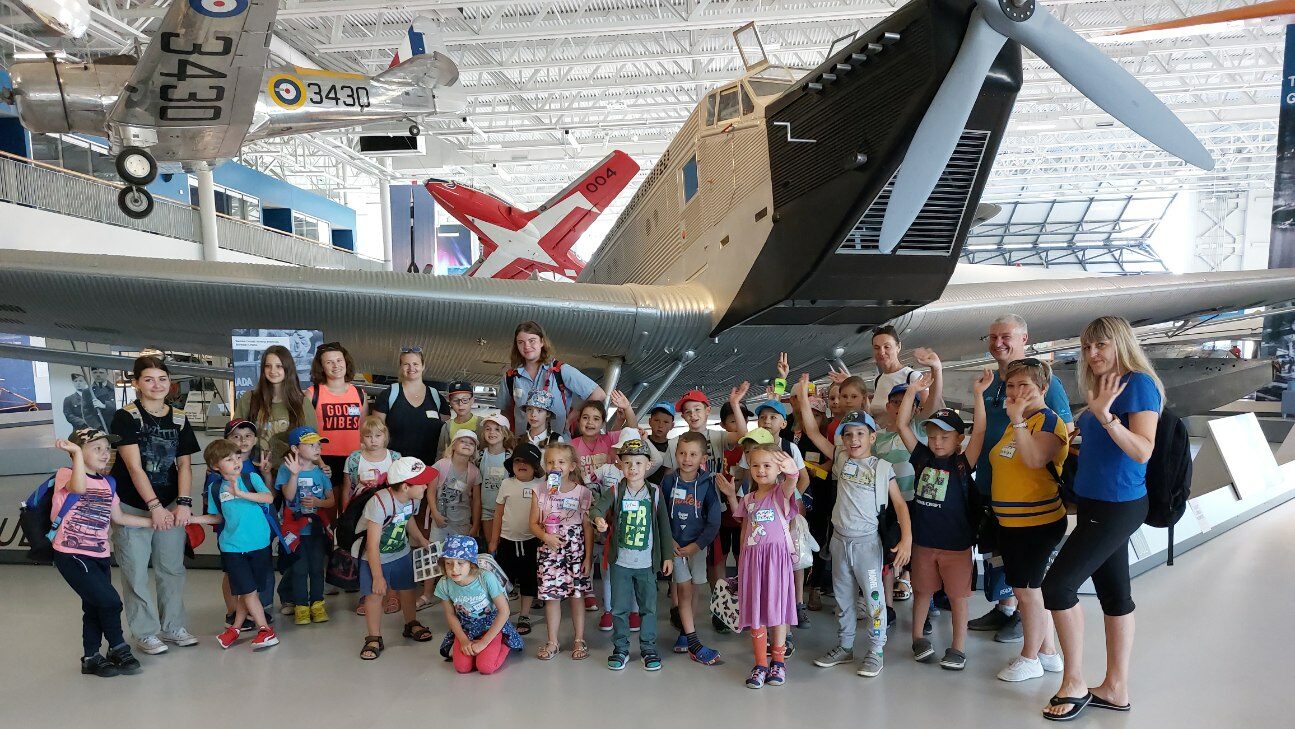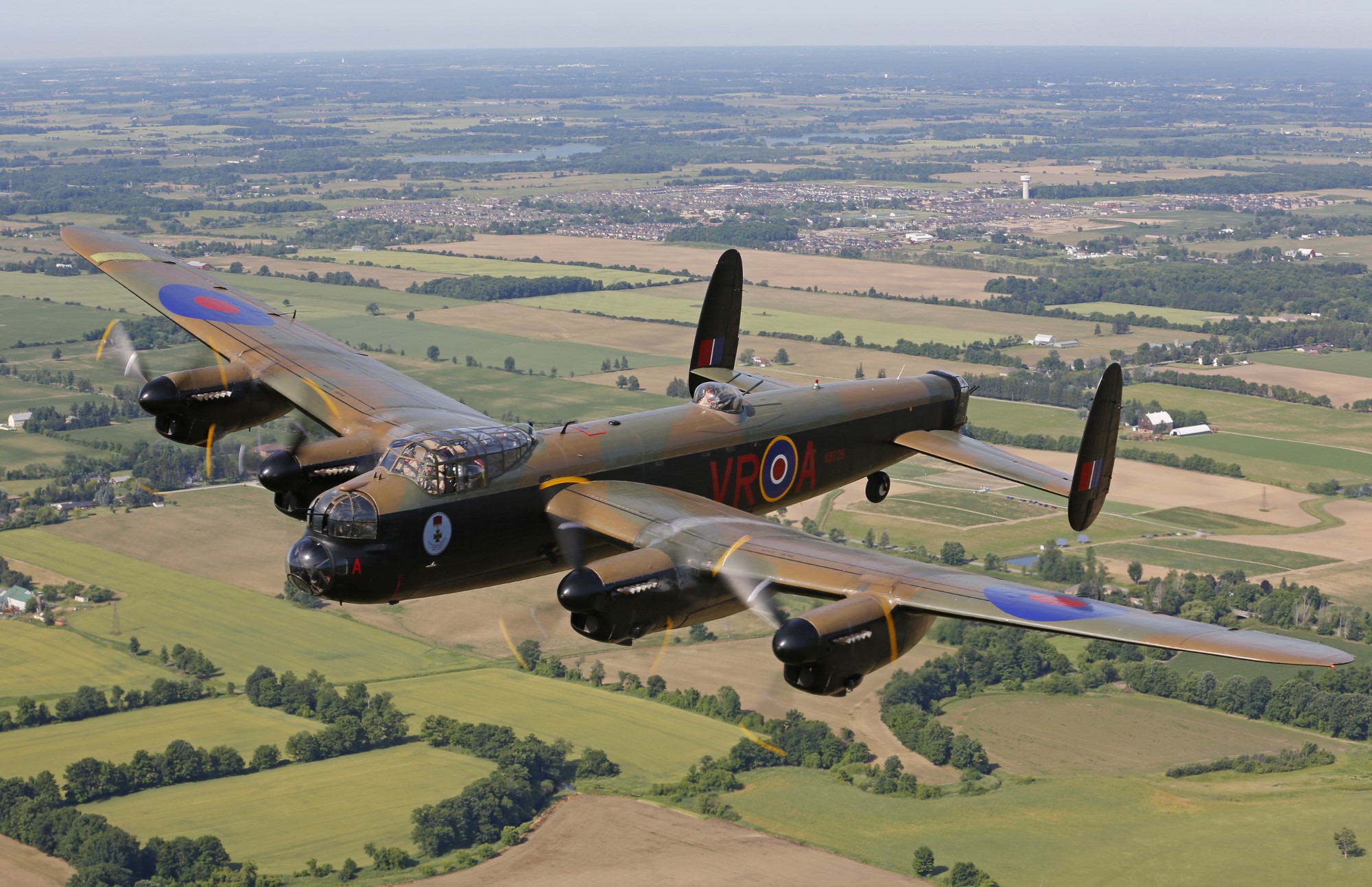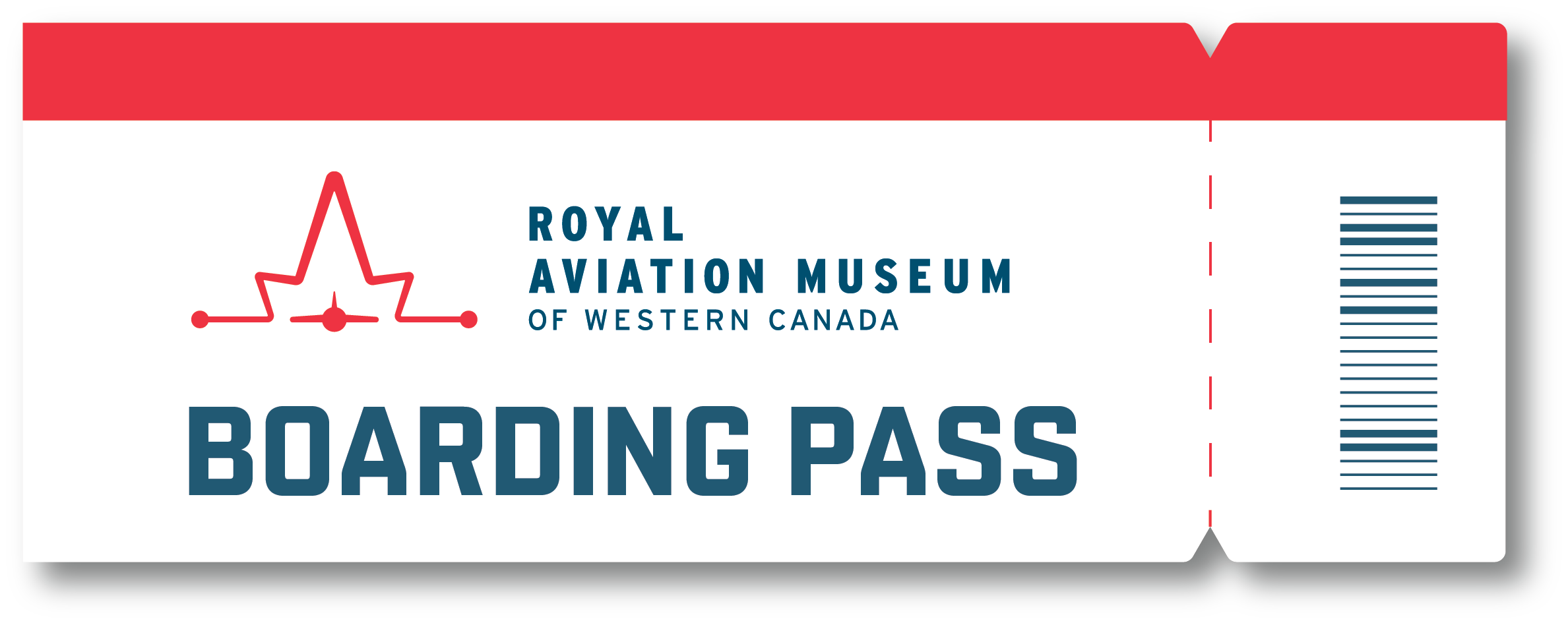July 19, 2023
Six amateur radio clubs across Canada are gathering this weekend to celebrate the life and retirement of the CC115 Buffalo through a special Buffalos on the Air (BOTA) event.
On July 22 in Comox, BC, Winnipeg, MB, Trenton, ON, and Summerside, PEI, these radio operators will use a combination of ham radios and existing antennae on CC115 Buffalos to communicate with each other and with other amateur radio operators.
They will operate on civilian amateur radio band frequencies and make brief radio contact with other radio operators around the globe, mostly in Canada and the USA, depending on ionosphere conditions (read more about the ionosphere below).
What is ham radio and how does it work?

Ham radio isn’t used for commercial broadcasting purposes; rather, it’s a way for people to communicate when other forms of technology fail, such as during natural disasters, or simply to connect with other enthusiasts. On the International Space Station, one of the crew members usually has a ham radio license and can chat with operators on Earth when the ISS is properly aligned.
Amateur (ham) radio operators use radio frequencies that start above the AM spectrum and go up to 250 GHz. At the BOTA event, operators will be using frequencies within this range that won’t cause any interference with nearby aircraft.
Why is it called “ham” radio?
The most likely explanation is that it was originally a slightly derogatory term due to the fact that these radio operators were amateurs and their transmissions were “ham-fisted” (clumsy). Now, it seems the term has lost its negative connotation and is used by operators to refer to themselves. And some people believe it’s an acronym for an unknown technical term.
How do ham radio signals travel so far?
Thanks to the ionosphere, a layer of the Earth’s atmosphere that contains charged particles. When radio waves encounter the ionosphere, which contains free electrons and ions, they interact with these charged particles. This interaction can cause the radio waves to bounce (reflect) off the ionosphere back towards the Earth’s surface. This reflection allows the signals to travel beyond the horizon and reach much farther distances. The radio waves can also refract, or bend, which enhances their range.
There are multiple layers to the ionosphere and each interacts differently with differing frequencies. The various layers are more or less effective depending on the time of day.
What’s happening at the BOTA event?

Operators at each location will take turns and operate for several hours. There will be other amateur radio volunteers standing by who can talk about what the amateur radio service is.
Event volunteers will provide info sheets about the Buffalo and its history at the event. Wherever possible, veterans and former members who have experience with the Buffalo or other RCAF aircraft will be on-site to talk about their experiences.
The four sites will be attempting a Buffalo net coast-to-coast on 14.135 MHz SSB at noon EST (0900 PST) on Saturday, July 22.
If you’re an amateur radio operator and would like to make contact during the event, here are the call signs for each of the four stations:
VC7BUFF457 Comox BC – Phillip Tanner VA7XOZ
VC4BUFF462 Winnipeg MB – Calvin Winter VE4AJ
VC3BUFF456 Trenton ON – Dave Ackerman VE3UGT / VE3OX
VY2BUFF451 Summerside PEI – Doug Silliker VY2DS



